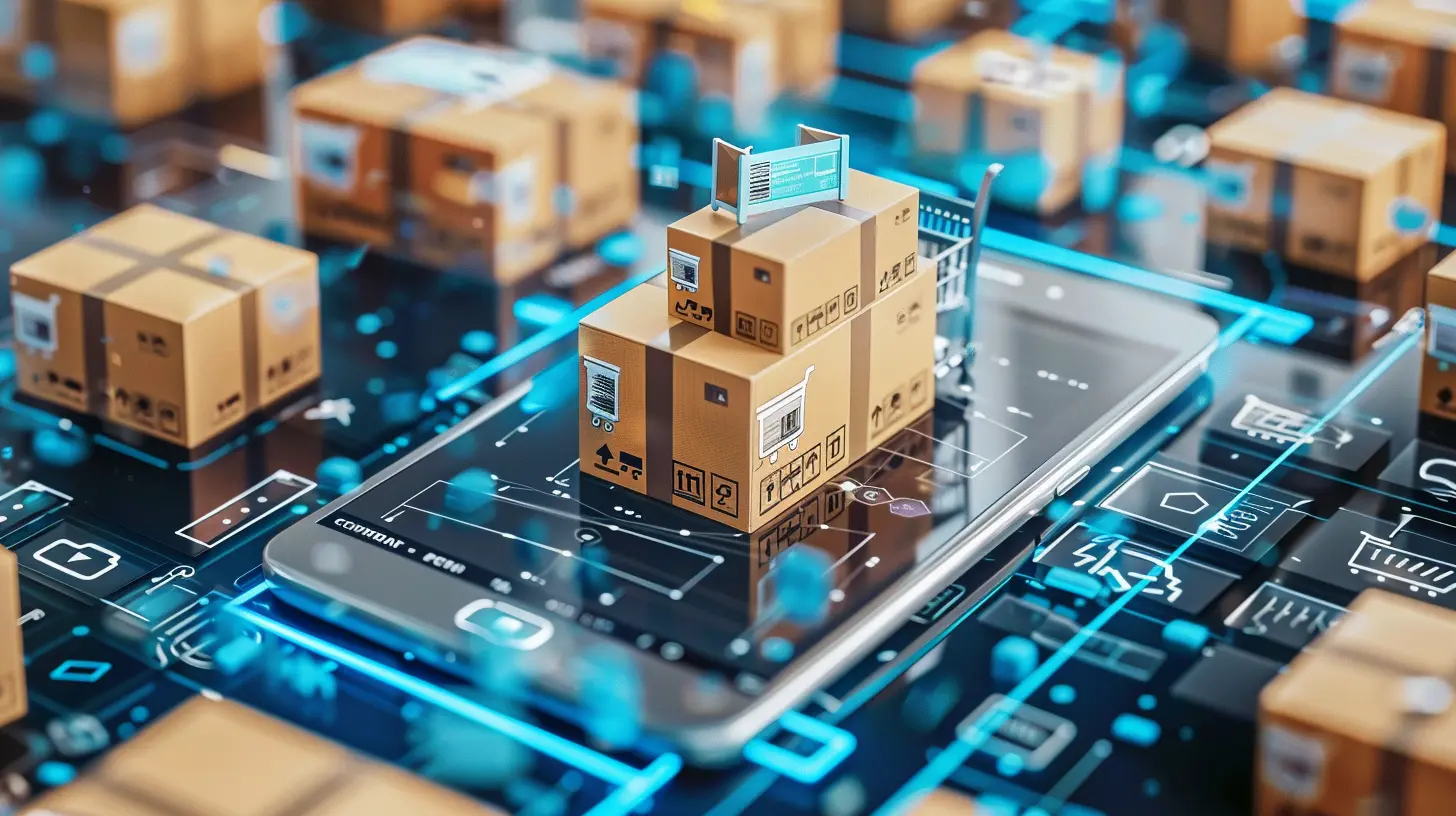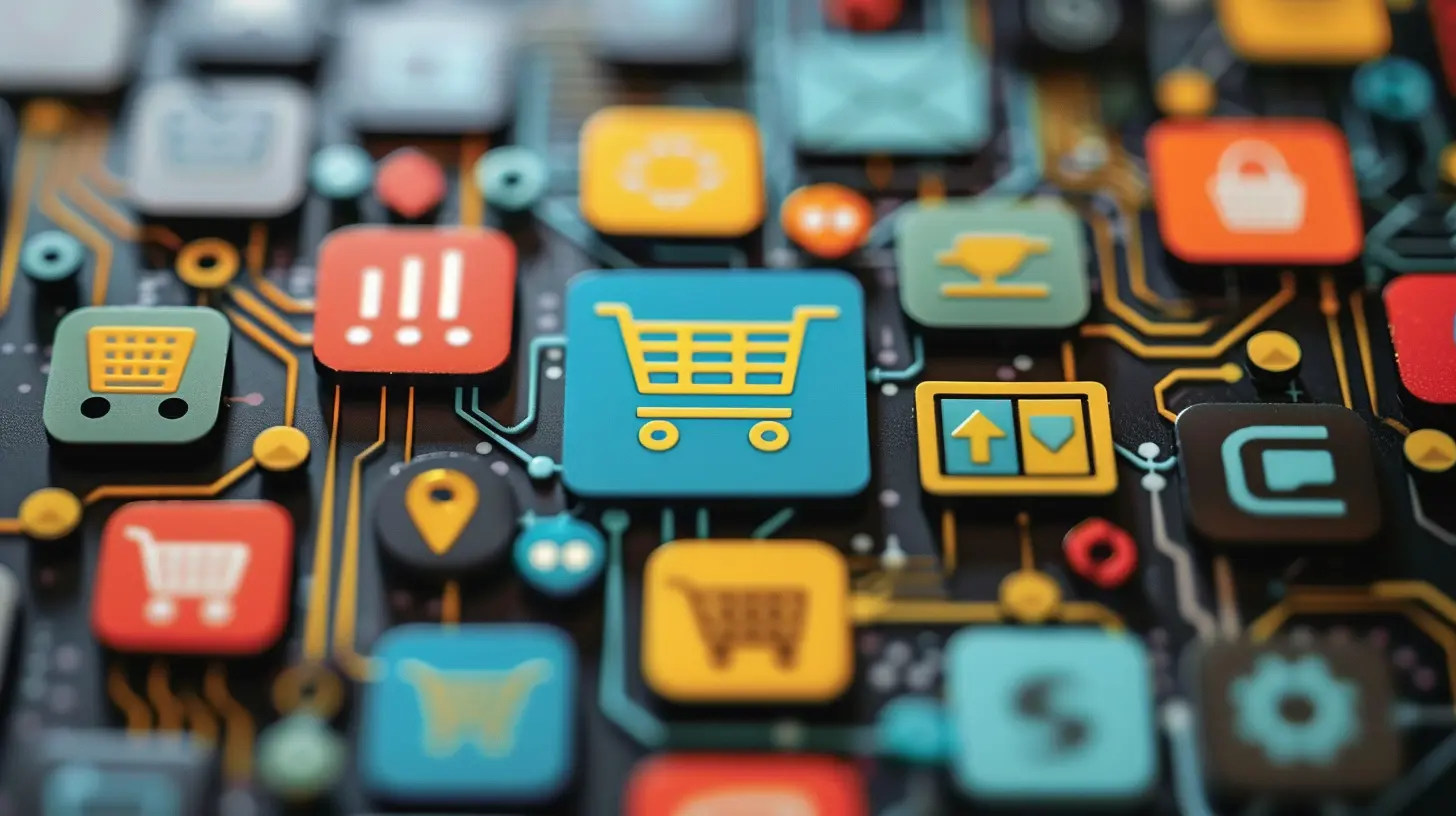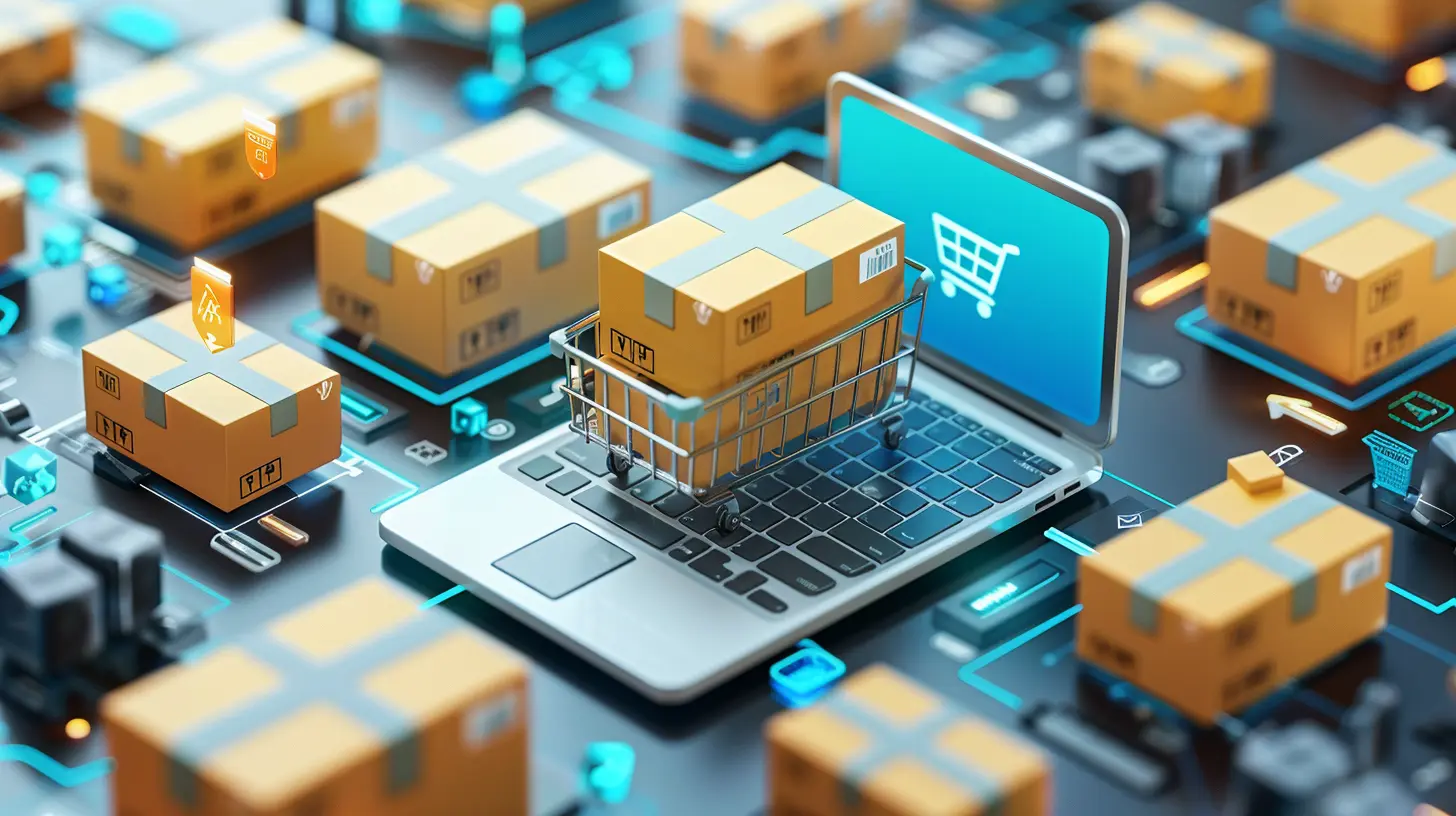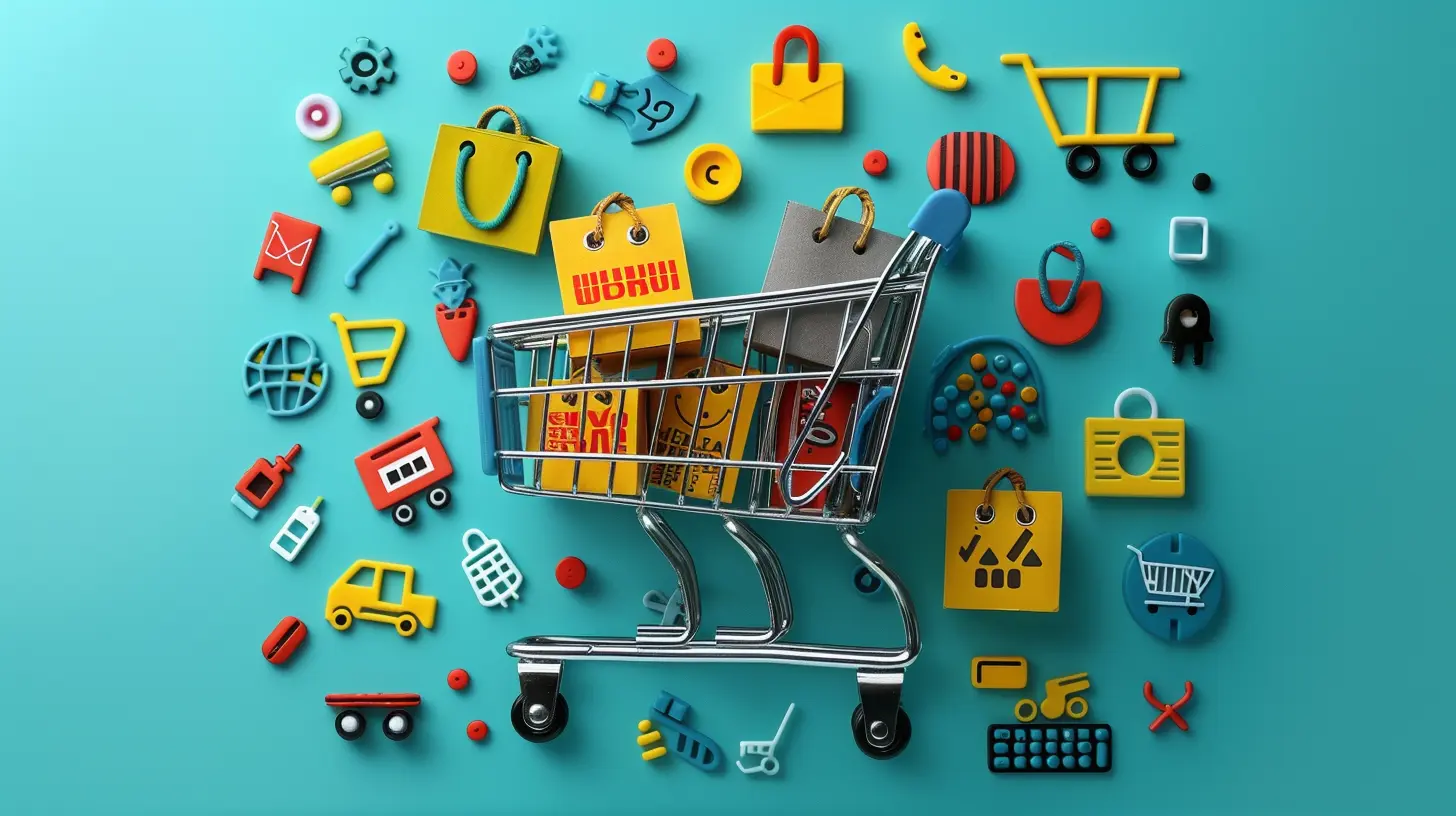E-Commerce Shipping Solutions: Trends and Innovations
31 August 2025
E-commerce has transformed the way people shop, and shipping plays a crucial role in ensuring a smooth customer experience. In today’s fast-paced digital world, customers expect lightning-fast deliveries, real-time tracking, and hassle-free returns. If your e-commerce business fails to keep up with the latest shipping trends, you risk losing customers to competitors who offer better logistics solutions.
So, what’s new in the world of e-commerce shipping? From AI-driven logistics to eco-friendly packaging, let’s dive into the latest trends and innovations shaping the future of online retail shipping.

The Evolution of E-Commerce Shipping
Shipping wasn’t always as seamless as it is today (although, let’s be honest, there’s still plenty of room for improvement). In the early days, online shoppers had no choice but to wait 7–10 business days for their orders to arrive. Fast forward to today, and many expect same-day or next-day delivery as a standard.This rapid evolution has been driven by advancements in technology, customer expectations, and fierce competition among online retailers. Businesses are now forced to rethink their logistics strategies to stay ahead.
Let’s break down the key trends and innovations shaping e-commerce shipping today.

1. AI and Machine Learning in Logistics
Artificial Intelligence (AI) and Machine Learning (ML) have revolutionized e-commerce logistics. These technologies help optimize shipping routes, predict delivery times, and even anticipate potential delays.How AI Enhances Shipping Efficiency
- Route Optimization – AI analyzes traffic patterns, weather conditions, and past performance to determine the fastest shipping routes.- Package Sorting Automation – Machine learning algorithms streamline warehouse management, ensuring packages are sorted and dispatched quickly.
- Fraud Detection – AI can flag suspicious orders, reducing losses from fraudulent transactions.
Retail giants like Amazon are already leveraging AI-driven logistics to ensure faster and more cost-effective deliveries. For smaller e-commerce brands, adopting AI-powered shipping solutions can significantly improve efficiency.

2. Same-Day and Next-Day Shipping as the New Standard
Remember when two-day shipping felt like a luxury? Now, it’s the bare minimum. Companies are going the extra mile to offer same-day or even one-hour delivery services.How Businesses Are Achieving Faster Deliveries
- Micro-Fulfillment Centers – Smaller, localized warehouses help reduce delivery time by storing inventory closer to customers.- Advanced Delivery Networks – Companies are partnering with third-party delivery services to expand their reach and speed up fulfillment.
- Predictive Inventory Placement – AI forecasts demand and places products in warehouses strategically positioned near customers.
For e-commerce businesses, investing in streamlined logistics is no longer optional—it’s a necessity to meet modern shoppers’ expectations.

3. The Rise of Eco-Friendly Shipping
Sustainability is a hot topic, and customers are increasingly favoring brands that prioritize eco-friendly shipping solutions.Green Initiatives in E-Commerce Logistics
- Biodegradable Packaging – Many companies are moving away from plastic and adopting sustainable packaging materials like recycled paper and cornstarch-based packing peanuts.- Carbon-Neutral Shipping – Some e-commerce brands offset their carbon emissions by investing in environmental projects.
- Electric Delivery Vehicles – Companies like Amazon and UPS are deploying electric delivery fleets to reduce their carbon footprint.
If you want to attract environmentally conscious buyers, implementing sustainable shipping practices is a smart move.
4. The Power of Real-Time Shipment Tracking
Customers don’t want to feel like they’re throwing their money into a black hole when they order online. They expect real-time order tracking with constant updates on their package’s location.How Tracking Technology Improves Customer Experience
- GPS-Enabled Shipping – Real-time GPS tracking allows customers to see their package’s exact location at any given moment.- Automated Notifications – Emails and SMS alerts inform buyers about shipping status, estimated delivery times, and any potential delays.
Businesses that invest in transparent tracking tools build trust and improve the overall shopping experience.
5. Drone and Autonomous Delivery Innovations
Drones and self-driving delivery vehicles once seemed like science fiction, but they’re quickly becoming reality.How Autonomous Deliveries Are Changing E-Commerce
- Faster Deliveries – Drones can bypass traffic, delivering small packages in record time.- Reduced Labor Costs – Self-driving delivery bots minimize the need for human drivers, lowering expenses.
- Enhanced Accessibility – Drones can reach remote areas where traditional delivery services struggle.
Companies like Amazon, FedEx, and UPS are actively testing drone delivery systems, and it won’t be long before this becomes mainstream.
6. The Role of Blockchain in Shipping
Blockchain is no longer just for cryptocurrencies. It’s making waves in the e-commerce shipping industry by enhancing transparency and security.How Blockchain Improves Logistics
- Tamper-Proof Tracking – Every transaction and package movement is recorded in an immutable ledger, reducing fraud and errors.- Faster Customs Clearance – Blockchain simplifies the documentation process, reducing delays in international shipping.
- Enhanced Supply Chain Visibility – Businesses can track the entire shipping process in real-time, improving efficiency.
By adopting blockchain technology, e-commerce businesses can offer more secure and transparent shipping solutions.
7. Subscription-Based and Flat-Rate Shipping
To reduce cart abandonment rates, many retailers are shifting towards subscription-based or flat-rate shipping models.Why Subscription and Flat-Rate Models Work
- Amazon Prime Effect – Customers are more likely to commit to a brand when they receive free or discounted shipping through a subscription.- Predictable Costs – Flat-rate shipping removes the uncertainty of high shipping fees at checkout.
- Customer Loyalty – Subscription-based shipping keeps customers coming back for more, increasing retention rates.
If you’re struggling with abandoned carts due to shipping costs, consider offering subscription-based or flat-rate shipping options to improve conversions.
8. Smart Lockers and Pickup Points
Consumers want flexibility, and smart lockers and pickup points are becoming increasingly popular.Why Smart Lockers Are Gaining Popularity
- Convenience – Customers can pick up their orders at a time that suits them.- Reduced Theft – Porch piracy is a major concern, and secure lockers help combat this problem.
- Lower Last-Mile Delivery Costs – Consolidating packages at pickup points reduces delivery expenses.
Retailers like Amazon, Walmart, and Alibaba are heavily investing in smart locker solutions, making it an important trend to watch.
The Future of E-Commerce Shipping
Shipping innovations will continue to evolve as technology advances and consumer demands rise. Businesses that fail to adapt will struggle to stay afloat in an increasingly competitive market.To keep up, retailers must embrace AI-driven logistics, sustainability efforts, real-time tracking, and emerging technologies like drone delivery and blockchain. More importantly, businesses must prioritize customer convenience and affordability while maintaining fast and reliable shipping options.
At the end of the day, it’s not just about delivering packages—it’s about delivering exceptional experiences.
all images in this post were generated using AI tools
Category:
E CommerceAuthor:

Jerry Graham
Discussion
rate this article
1 comments
Michelle Mendez
Exploring innovative shipping solutions is crucial for enhancing e-commerce efficiency and customer satisfaction.
September 4, 2025 at 12:32 PM

Jerry Graham
Absolutely! Innovative shipping solutions are key to streamlining e-commerce operations and improving the overall customer experience.


